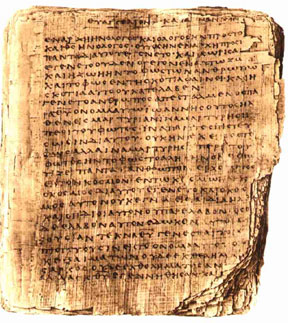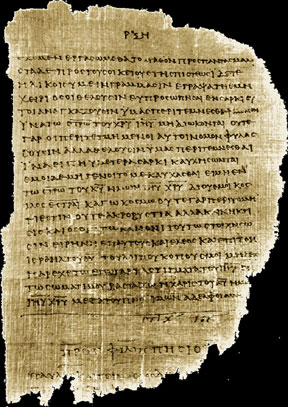Today’s post, as well as several posts to come, are excerpts from my new book, Can We Trust the Gospels? Investigating the Reliability of Matthew, Mark, Luke, and John.
Before we examine the data, let’s think for a moment about what might allow us to put confidence in the manuscripts of the Gospels.
Second, we would prefer multiplicity. Clearly, it would be better to have many manuscripts at our disposal rather than just a few. An abundance of manuscripts would put us in a much better position to determine the original wording. (Picture to the right: An ancient manuscript of the Gospel of John)
 Third, we would want trustworthy scholarly methodology. If the academics who study the biblical manuscripts, known as textual critics, utilize reliable methods, ones that maximize objectivity, then we would have greater confidence in their conclusions.
Third, we would want trustworthy scholarly methodology. If the academics who study the biblical manuscripts, known as textual critics, utilize reliable methods, ones that maximize objectivity, then we would have greater confidence in their conclusions.Fourth, we would look at the quantity and quality of textually ambiguous passages (made up of differences, called variants, among the manuscripts). If the existing copies of the Gospels contain a high proportion of textual variants, then we would question our ability to know what was originally written. If, on the contrary, the differences among extant manuscripts are relatively insignificant, then we would rightly place confidence in the critical Greek texts upon which our translations are based.
So how does reality measure up to these standards?

